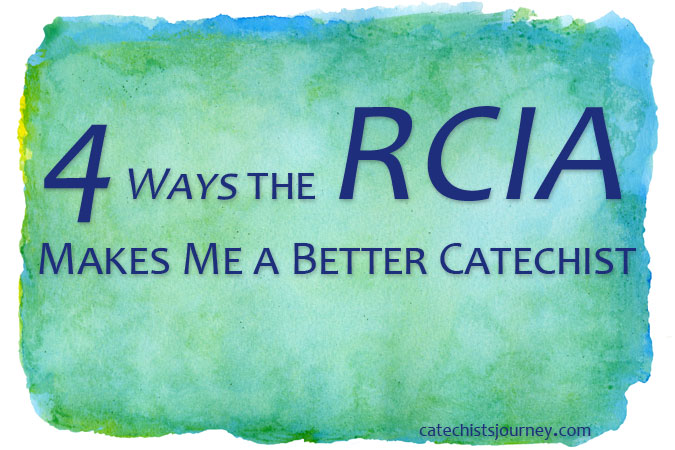
Last spring, I checked something off my catechetical bucket list and attended the Los Angeles Religion Education Congress. I had my first “a-ha” moment within the first seven minutes, and more followed over the next several days.
Jayne Ragasa Mondoy’s presentation on cultivating catechists was a lightning-bolt moment for me when she said, “We don’t do catechesis; we are catechists.” I often say to people, “I teach Sunday school.” Rarely do I say, “I am a catechist.” It seemed like a minor difference, but when I heard Jayne’s presentation, it struck me as the difference between night and day.
I try to keep my mission of catechesis on my mental “desktop;” that is, I’m always on the lookout for ideas to bring into class. I have found some creative lessons in unlikely places this way, but I always considered it part of being a catechist. Until I heard Jayne speak it, I didn’t realize that this constant, front-of-mind thought process is the difference between “teaching Sunday school” and “being a catechist.”
Being a catechist is a 24/7 proposition for me. It affects where I look for classroom inspiration to be sure, but it also affects what I believe, how I act, and what I say, among many other things. Jayne made me see that this is what makes me a catechist: not only am I willing to share my faith in the classroom, but I bear witness to it, living my faith actively and publicly.
While it can be daunting, “being a catechist” means stretching myself, trying something new, gaining additional knowledge, and discovering new ways to hand on the faith. I think this is especially important for those of us who have been in the classroom for many years. There’s always a temptation to use last year’s lesson or the tried-and-true activity or craft for a particular lesson. Certainly, there is merit in using something that works well and enables the children to learn, but it’s incumbent on us to be willing to leave our comfort zones now and again to see where the Holy Spirit will take us and our students. (Spoiler alert: It will be somewhere good.)
Catechesis can even happen digitally. (I like to call this e-vangelization.) Each week, I send my students’ parents e-mails that let them know what happened in class and offer suggestions to keep the discussion alive in the coming week. Often, my e-mails provide some subtle catechizing of the parents. I know that there are many parents who are reluctant to become involved in their child’s faith formation because they feel “Catholically inadequate.” Giving them just a few bullet points can make them more comfortable as teachers of the faith. Perhaps they will hear the voice of God calling them into a catechetical role in the classroom.
There are opportunities all around us to be catechists; we just have to open our eyes to see them.
Photo by AbsolutVision on Unsplash.





I taught the 2nd grade First Eucharist and First Communion class this past spring. I sent emails to the parents each week too. The reactions were very positive and helpful for me to learn more about the families and the students. It gave me a chance to connect better with the adults when we met in the community during the week.
I always say I “teach CCD”. Reading this article has inspired me to now call myself a catechist! I’m a retired teacher, and have been a catechist for over 20 years. And just as I did when I was in the classroom, I too also think about catechesis almost 24/7, especially when the year actually begins. Thanks for sharing with us!